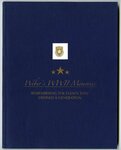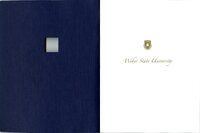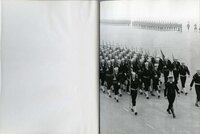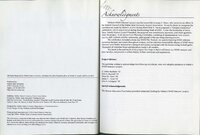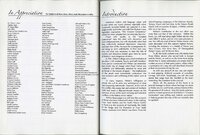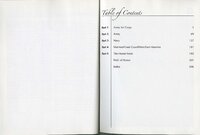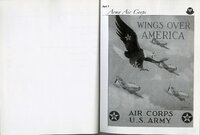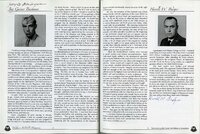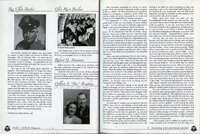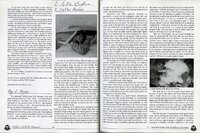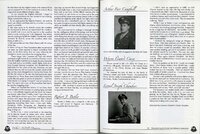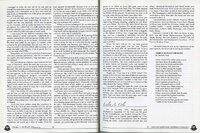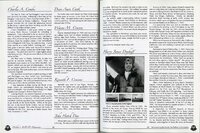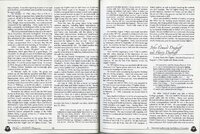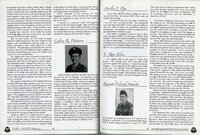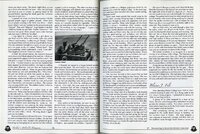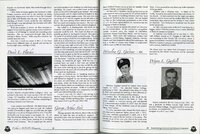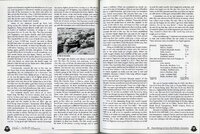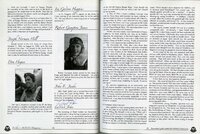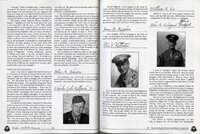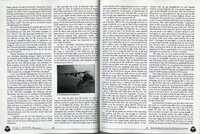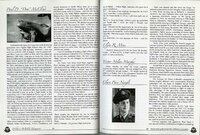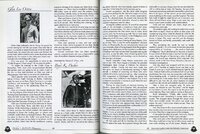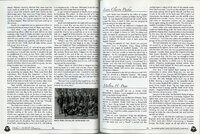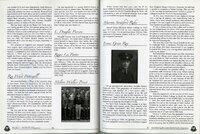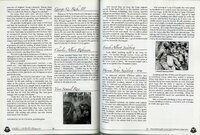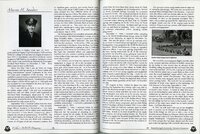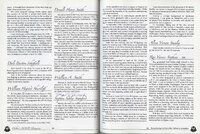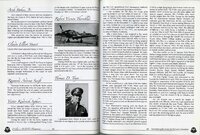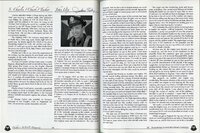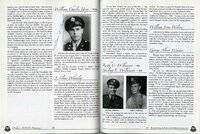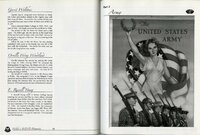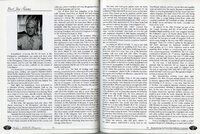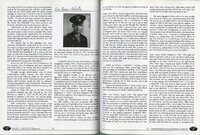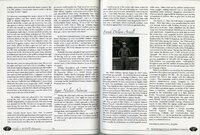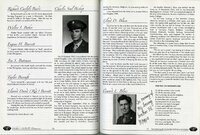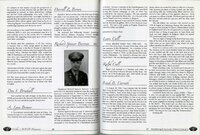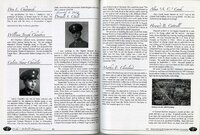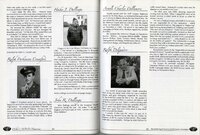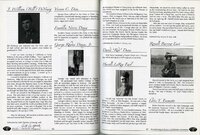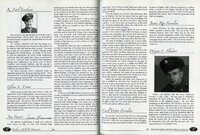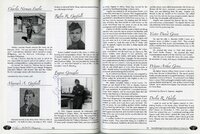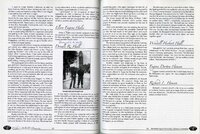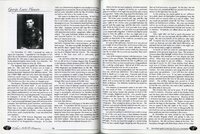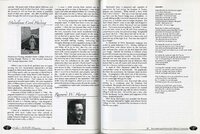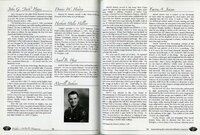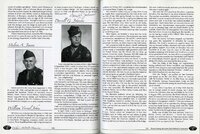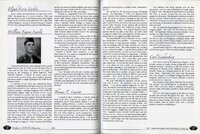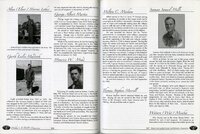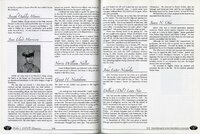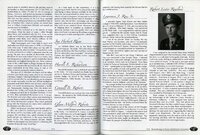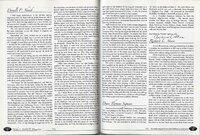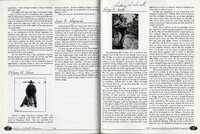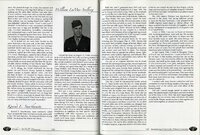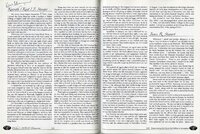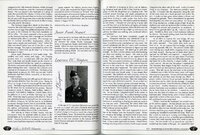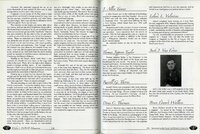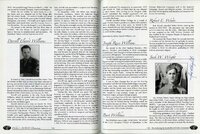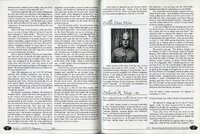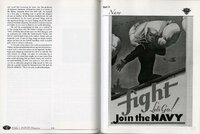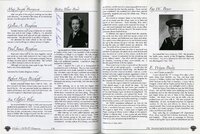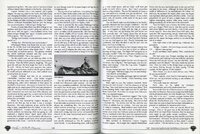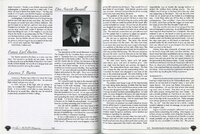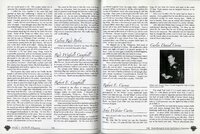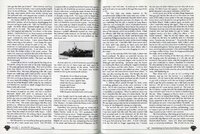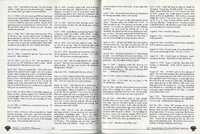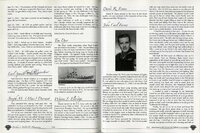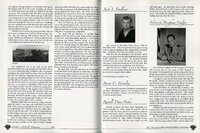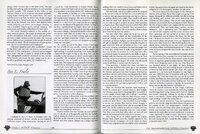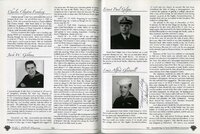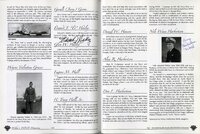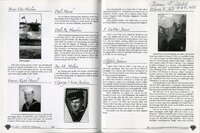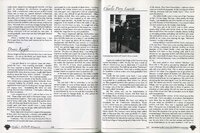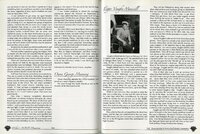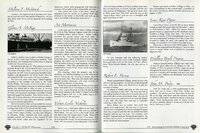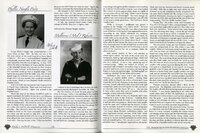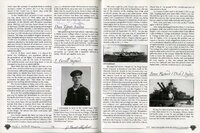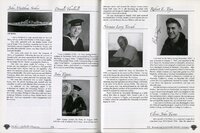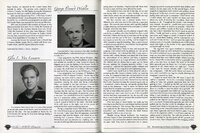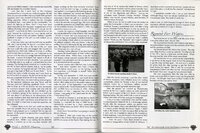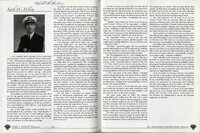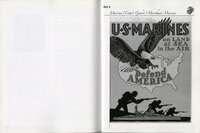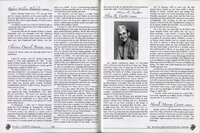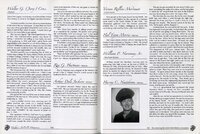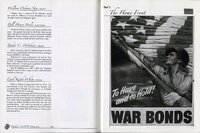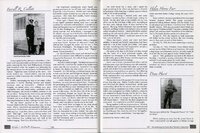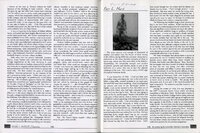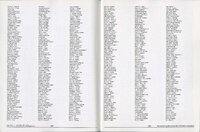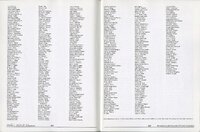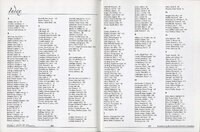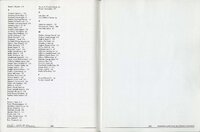| Title |
Weber's WWII Memories: remembering the events that defined a generation |
| Creator |
Weber State University Alumni Assocation |
| Description |
The information contained in this book was obtained from Weber's own World War II veterans, their family members and friends, and reflects the emotions and expressions common during that period of time. |
| Subject |
World War, 1939-1945--United States--Utah--History; Weber College |
| Digital Publisher |
Stewart Library, Weber State University, Ogden, Utah, USA |
| Date Original |
2004 |
| Date |
2004 |
| Date Digital |
2014 |
| Item Size |
8.5 inch x 11 inch |
| Medium |
books |
| Item Description |
209 page paperback book |
| Spatial Coverage |
Ogden, Weber County, Utah, United States, http://sws.geonames.org/11788968, 41.22809, -111.96766 |
| Type |
Text |
| Conversion Specifications |
Archived TIFF images were scanned with an Epson Expression 10000XL scanner. OCR by ABBYY Reader. JPG and PDF files were then created for general use. |
| Language |
eng |
| Rights |
Materials may be used for non-profit and educational purposes; please credit University Archives, Stewart Library, Weber State University. |
| Source |
LD5893.W51b 2004 Weber State University Archives |
| Format |
application/pdf |
| ARK |
ark:/87278/s6xwwz99 |
| Setname |
wsu_alumni |
| ID |
4 |
| Reference URL |
https://digital.weber.edu/ark:/87278/s6xwwz99 |
| Title |
058_page 104 and 105 |
| Creator |
Weber State University Alumni Assocation |
| Description |
The information contained in this book was obtained from Weber's own World War II veterans, their family members and friends, and reflects the emotions and expressions common during that period of time. |
| Image Captions |
William Eugene Lawler |
| Subject |
World War, 1939-1945--United States--Utah--History; Weber College |
| Digital Publisher |
Stewart Library, Weber State University, Ogden, Utah, USA |
| Date Original |
2004 |
| Date |
2004 |
| Date Digital |
2014 |
| Item Size |
8.5 inch x 11 inch |
| Medium |
books |
| Item Description |
209 page paperback book |
| Spatial Coverage |
Ogden, Weber County, Utah, United States, http://sws.geonames.org/11788968, 41.22809, -111.96766 |
| Type |
Text |
| Conversion Specifications |
Archived TIFF images were scanned with an Epson Expression 10000XL scanner. OCR by ABBYY Reader. JPG and PDF files were then created for general use. |
| Language |
eng |
| Rights |
Materials may be used for non-profit and educational purposes; please credit University Archives, Stewart Library, Weber State University. |
| Source |
LD5893.W51b 2004 Weber State University Archives |
| Format |
application/pdf |
| Setname |
wsu_alumni |
| ID |
409 |
| Reference URL |
https://digital.weber.edu/ark:/87278/s6xwwz99/409 |

